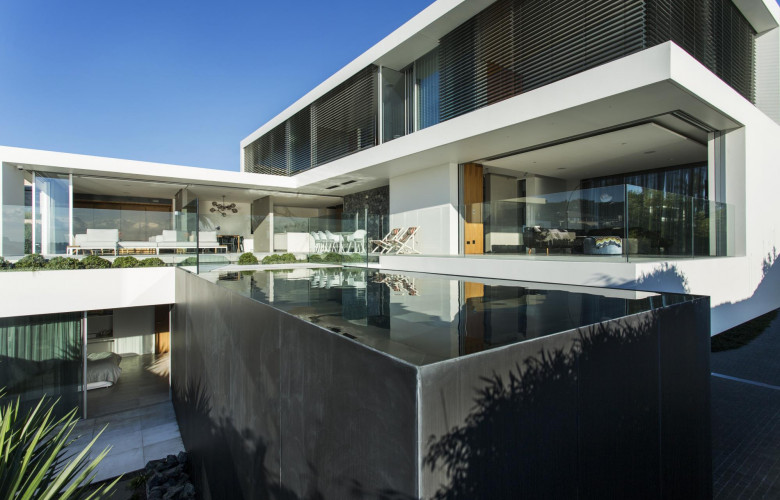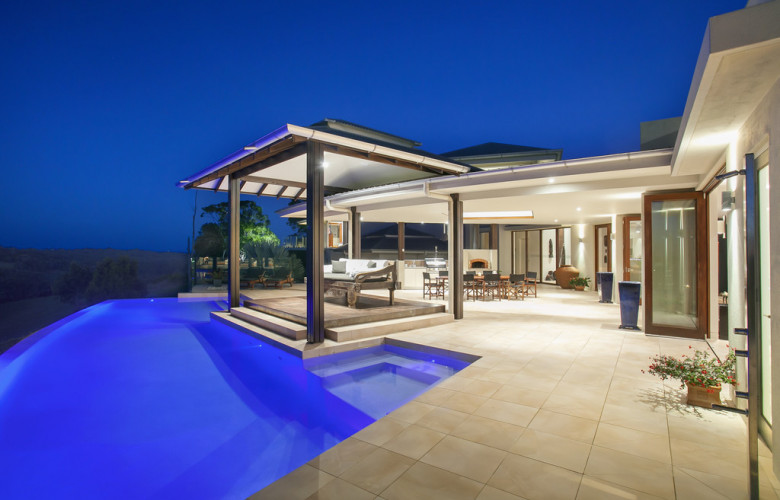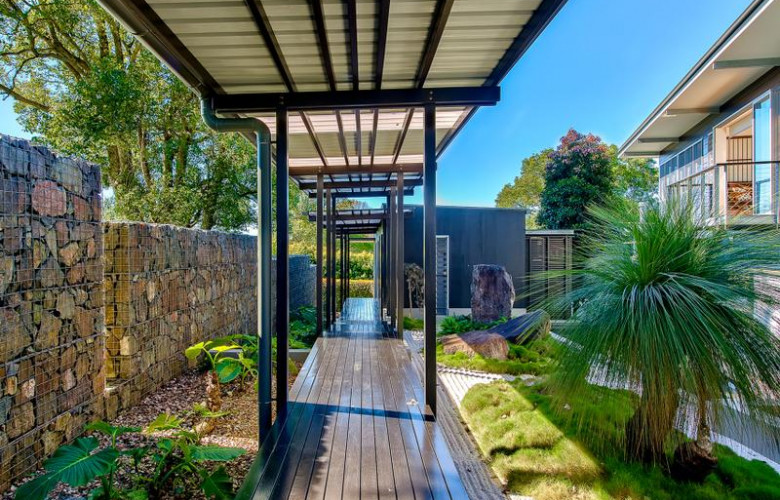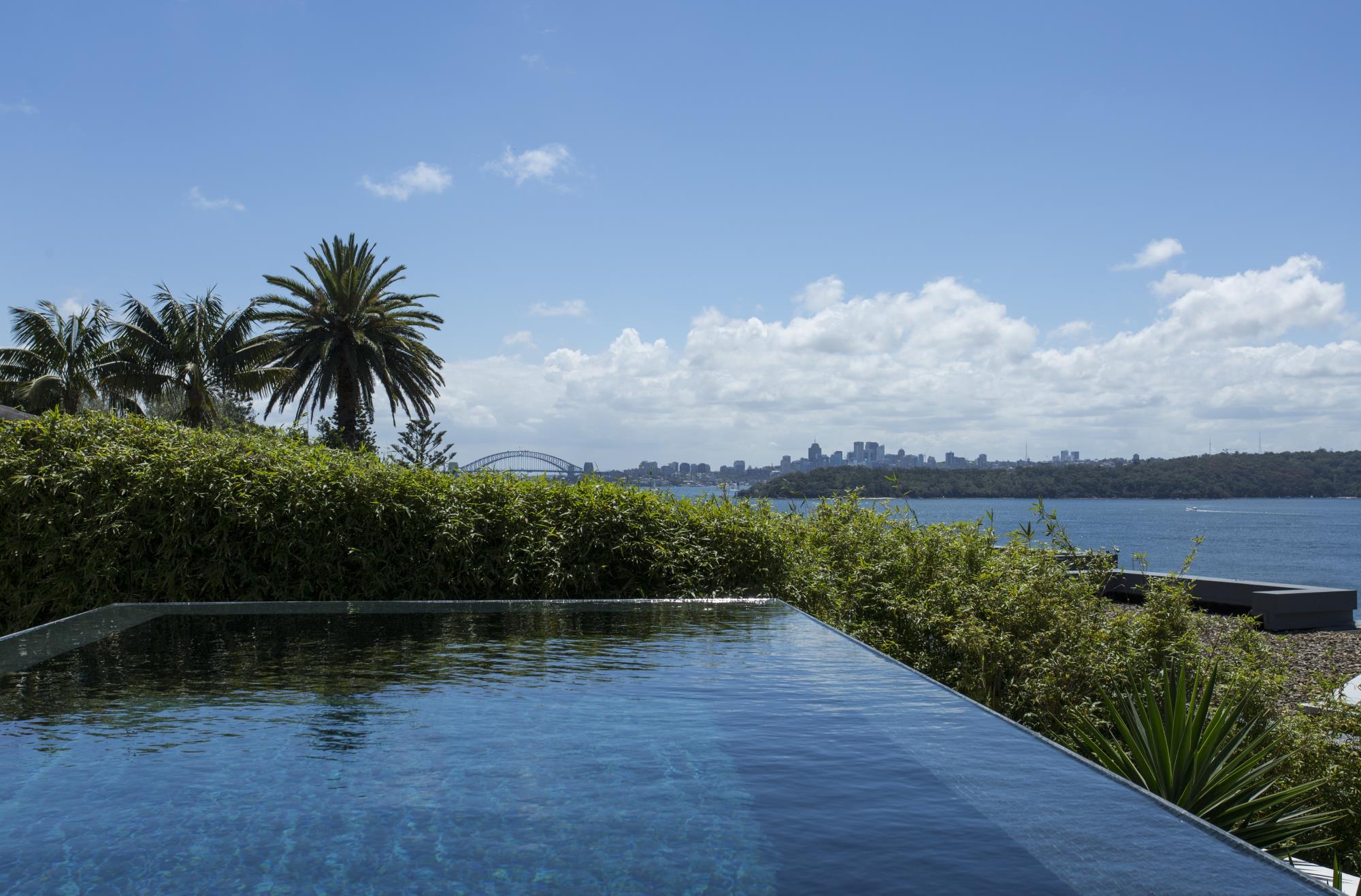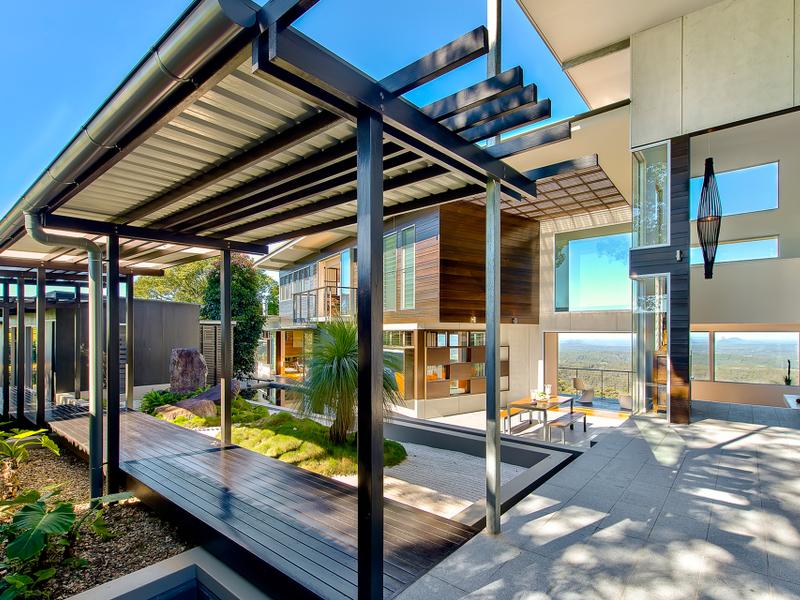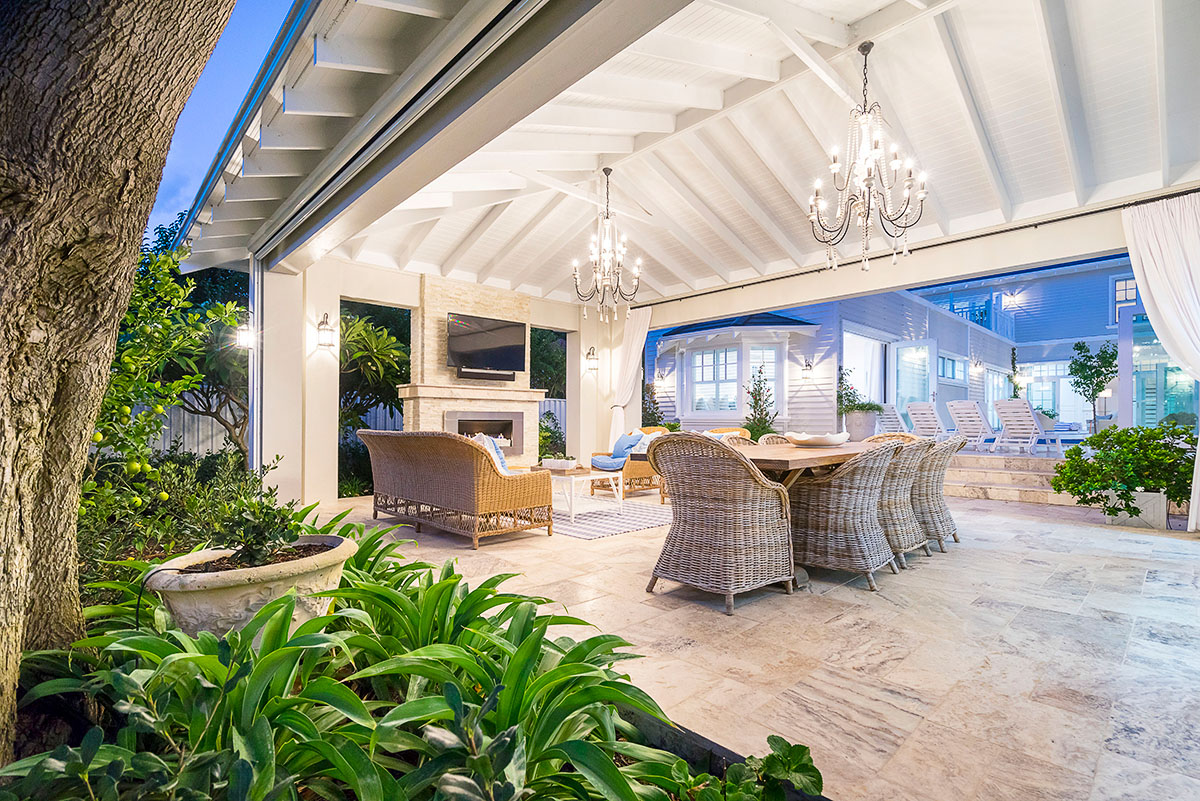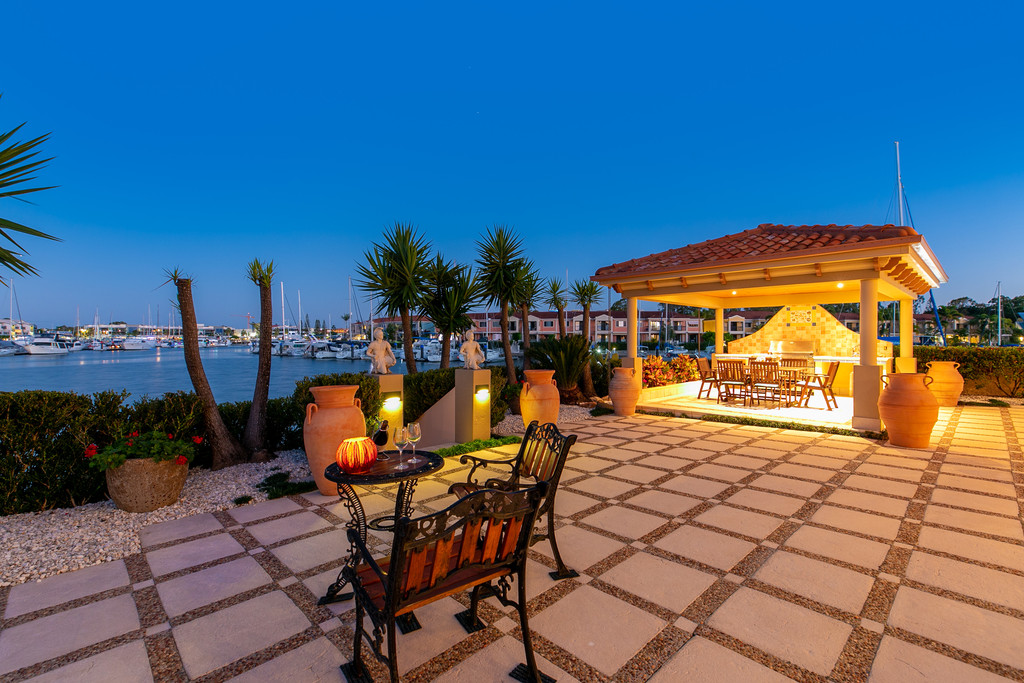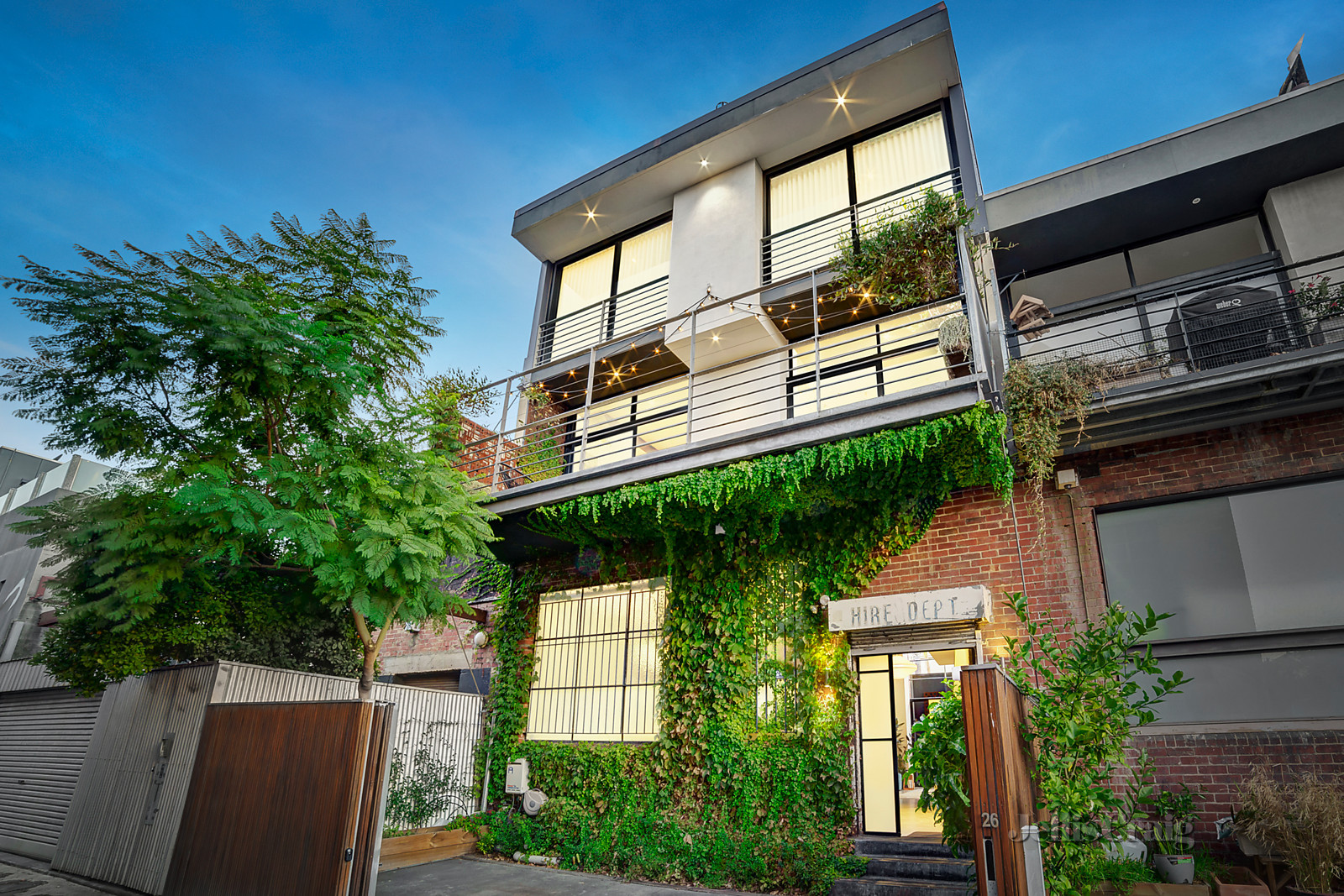What’s trending: Landscaping
Contact
What’s trending: Landscaping
Kristina Smith from landscape design company Everscapes, and James Hayter, director of integrated design practice Oxigen, discuss what they believe are the top trends in residential landscaping in Australia.
Landscaping is often overlooked as people tend to focus on the interiors of the home, but as the ‘face’ of your house the outdoors are what people see first and therefore vital to making a lasting impression.
WILLIAMS MEDIA spoke to Kristina Smith from award winning landscape design company Everscapes, about what she believes are the top trends in residential landscaping in Australia.
Infinity pools
Infinity pools have been around for years and aren’t going anywhere soon.
“The idea of infinity pools is being able to look into infinity and make the space seem larger than it is,” said Ms Smith.
“At Everscapes we are creating pools that are different and unique.”
"We make the pools part of the landscape by using the natural form of the land.”
10 Queens Avenue, Vaucluse for sale by Bill Malouf and Sophie Beaumont of LJ Hooker as seen on Luxury ListMs Smith said that having a pool instantly adds value to the home. In Australia’s hilly landscape level lawns are also important as they add functionality.
“A level lawn creates value when selling your home as families look for spaces they can see themselves using for sports and outdoor activities."
Stone and wood
Natural looking outdoor areas are popular with the use of stone and wood.
“Stone is timeless and it’s always going to work and look good. It doesn’t break because it is a thicker product.”
"We have been doing a lot of work with travertine stone which is a more traditional finish.”
Travertine is a form of limestone and colours include white, tan and cream.
"Blue stone is also popular as it is one of those products that can work well in almost any environment.”
“We find people are using blue stone within their houses as well.”
It is an all encompassing volcanic stone with a nice natural grey colour and a hint of blue, and it comes in different shades of grey.
Australian hardwoods, iron bark and spotted gum can be used for decking and pergolas.
“We have been using a lot ironbark rough thorn which naturally ages to grey and looks really nice."
Ms Smith also said brick is entering into the market.
339 Maleny Stanley River Road, Wootha for sale by Hannah Dodds of Queensland Sotheby's International Realty, as seen on Luxury List
Mixed materials
Stone mixed with timber mixed with steel.
“We are effectively using all different colours and materials and bringing them together.”
“Recently we used three different kinds of stone. We have also mixed stone with cladding on the walls.”
“We have used a lot of timber and even some steel, and powder coated aluminium.”
Overall Ms Smith said "anything really natural has started coming to vogue."
James Hayter from Oxigen has four key trends in mind for the next few months.
Creating outdoor rooms
The idea of creating outdoor living rooms is becoming popular again as cities are becoming denser, urban consolidation is taking over and people have smaller block sizes.
“People are much more conscious of the total site rather than just the garden, and they are using gardens more for living in,” Mr Hayter told WILLIAMS MEDIA.
“Previously gardens were used for large lawns for running around, kicking balls, and growing food, but this isn’t the case as much now.
“Because Australia has such a mild climate people are living the ‘Californian lifestyle’ of the 50s and 60s. It influences the way spaces are developed in the garden, plants, furniture, lighting, etc.”
55 Alexander Road, Dalkeith under offer by Vivien Yap of Ray White, as seen on Luxury List
Mr Hayter also emphasised that natural products are very popular as people are looking for more authenticity.
“Natural stone is a lot more available now than it used to be, and people like recycled timber as it is sustainably sourced.”
Saw dust can be used for paving, also mulch paths and gravel.
“You can source everything locally, which people are conscious of as they want to support Australia, and the products are unique.
“Rather than stones from China or timber from rainforests which are unsustainable, people tend to use materials that are local to them, which suits the climate and colour of the sky.
“Colours are actually suited to places and they vary everywhere. Generic colours like white pebbles don’t excite people anymore!”
Related reading: McCallum: at home with the natural landscape
Indoor / outdoor relationships
Mr Hayter said while indoor / outdoor relationships are big now, they aren’t a new idea and in fact started in the 70s where people wanted to use their gardens more for living spaces.
With inner city housing becoming more dense “the importance of having an indoor / outdoor relationship is appreciated, and gardens are being designed around that relationship."
“Rather than people living in boxes or apartments, they are really valuing opportunities and are creating things decks and french doors opening onto gardens."
Native and mediterranean plants
Landscape design is looking to a diversity of plant material.
“There is really nice balance between both native and mediterranean plants at the moment.
“This has been helped as nurseries are now cultivating a lot of varieties of native plants. In the 90s we were stuck with average native material, but the availability of native plants is enormous now.
24 Cayman Crescent, Cleveland for sale by Ming Body of Raine & Horne, as seen on Luxury List
“Instead of just planting kangaroo paw, now there is a whole variety of kangaroo paw.”
Mr Hayter said there is also a large range of mediterranean plants available from the south of Italy, Spain and Greece.
Related reading: Western Australia’s top landscape architecture celebrated
Rooftops and green walls
Balconies and verandas are becoming places where people are putting pots and growing plants, and in lots of cases an entire wall is covered.
26 Wrede Place, Richmond sold by Daniel Joyce and Elliot Gill of Jellis Craig as seen on Luxury List“Because people are stacked vertically in apartments sometimes access to open space is limited so most apartments have roof gardens, either in penthouses or common areas.
“As cities are becoming denser and access to open space is harder to get, residential gardens become more important.
“Houses are getting smaller and people are valuing their gardens and open space more.
Mr Hayter said the systems of growing green walls are now commercially available to everybody, and easy to install and maintain.
Related reading:
Why choose a natural swimming pool?

